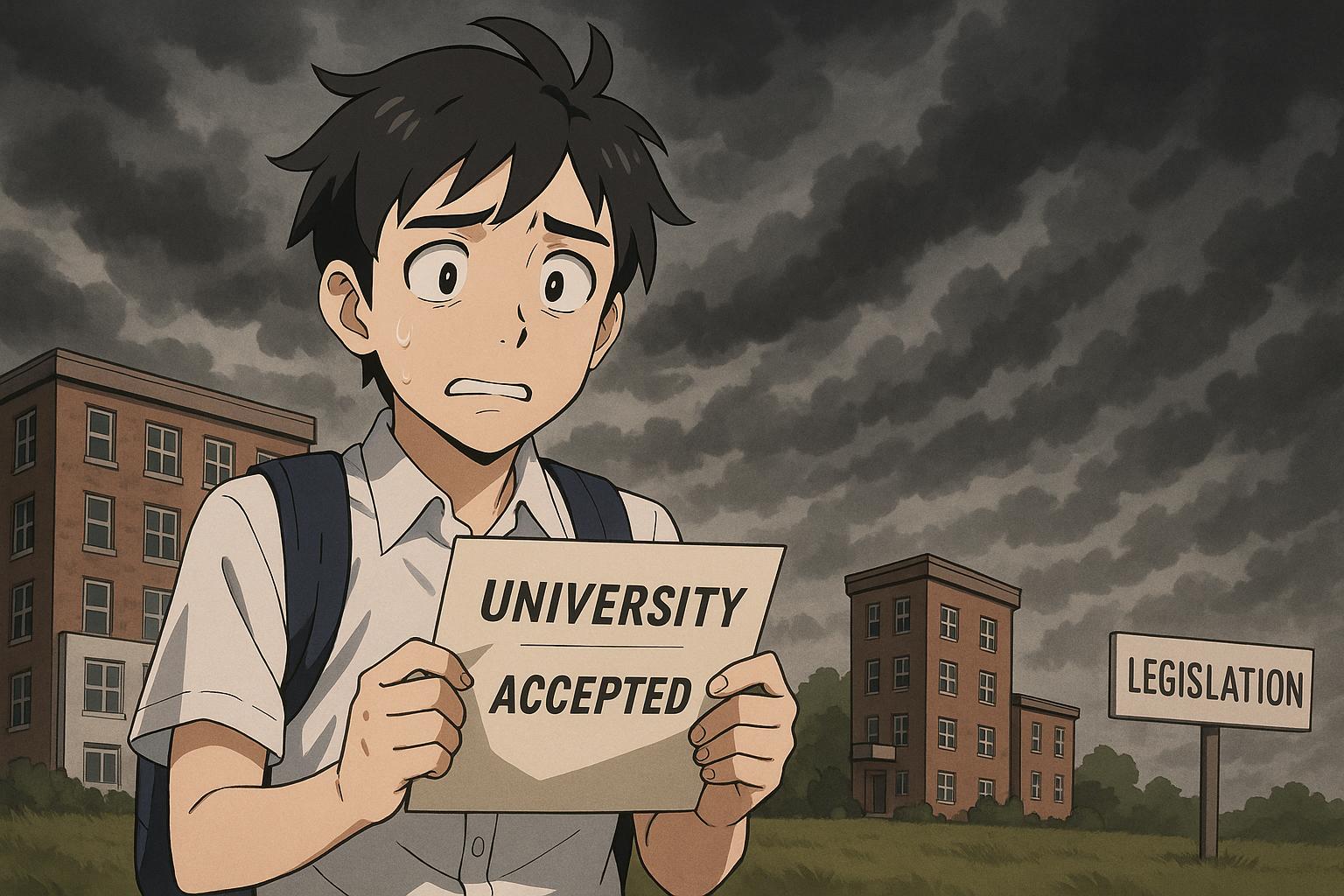As the landscape of student housing undergoes significant shifts, the impending Renters' Rights Bill has prompted urgent concerns among industry experts. With more student landlords exiting the market than ever—fuelled by uncertainty surrounding future regulations—students could be left worse off, according to Sophie Lang, the regional executive for Cornwall at ARLA Propertymark. In a recent interview, Lang highlighted that landlords are retreating from the sector, leading to a diminished supply of rental properties for students, exacerbating an already pressing housing crisis.
Lang emphasised that this trend is not merely coincidental. Over her two decades in the property industry, she has never witnessed such a mass exodus. She instructs that the introduction of the Renters' Rights Bill has brought about widespread concern among landlords regarding its implementation. In particular, she pointed out, “Any uncertainty causes fear, and the fear reaction is to run away,” a sentiment echoed by others in the sector who share worries about the bill's potential to disrupt the student housing market.
The challenges lie especially in the proposed abolition of fixed-term tenancies. Lang articulated that these tenancies have historically provided both students and landlords with a sense of stability aligned with the academic calendar. She noted that without these contracts, students could find themselves facing unexpected rental turnover, further complicating their housing security. "The student rental market runs in a very set cycle," she explained, accentuating the specific needs of students that the new proposals may overlook.
Moreover, the bill allows for certain exemptions that some believe unfairly favour purpose-built student accommodation. This type of housing will not be held to the Decent Homes Standard, raising concerns about the quality of accommodations students may be expected to accept while private landlords remain similarly bound. It is this kind of disparity that Lang and other experts argue could contribute to a decline in available accommodation and an increase in rent, ultimately leading to higher costs for students. A survey from Save the Student revealed the average monthly rent in private accommodation at £532, while rent in purpose-built facilities typically reaches £615.
The implications of the Renters' Rights Bill extend beyond immediate housing availability; they also threaten students' access to higher education itself. The National Residential Landlords Association has warned that if landlords withdraw properties from the rental market due to the perceived risks associated with the bill, the consequences could significantly disrupt the student housing landscape, making it less affordable for many. This view is echoed by the National Union of Students, which highlights that the exclusion of students from the bill could lead to increased financial pressures, rendering university attendance a daunting possibility for some.
A further complication arises from the bill’s provision banning large payments of rent in advance. This change, according to Lang, fails to consider the funding structure of many students who prefer to pay upfront when their student loans come through. She expressed confusion over the rationale behind such a ban, arguing that it limits landlord and student flexibility and complicates financial arrangements during a period when affordability is already a pressing issue.
As these developments unfold, it is clear that the student rental market requires specific considerations that the current legislation may be failing to address. The recent significant lobbying efforts by Propertymark reflect the urgency of advocating for amendments that safeguard student rights and accommodation needs.
Overall, while the intent behind the Renters' Rights Bill may be to enhance tenant protection, its effects on the student housing market could create more harm than good, resulting in less housing availability and increased costs at a critical time. Industries and representatives must now engage in an informed and constructive dialogue to ensure that the future of student accommodation can accommodate the unique needs of this demographic.
Reference Map
- Paragraph 1: 1
- Paragraph 2: 1
- Paragraph 3: 1
- Paragraph 4: 2, 3, 5
- Paragraph 5: 1, 2, 7
- Paragraph 6: 1, 4
- Paragraph 7: 1, 6
- Paragraph 8: 3, 6
- Paragraph 9: 1, 2, 3, 4
Source: Noah Wire Services
